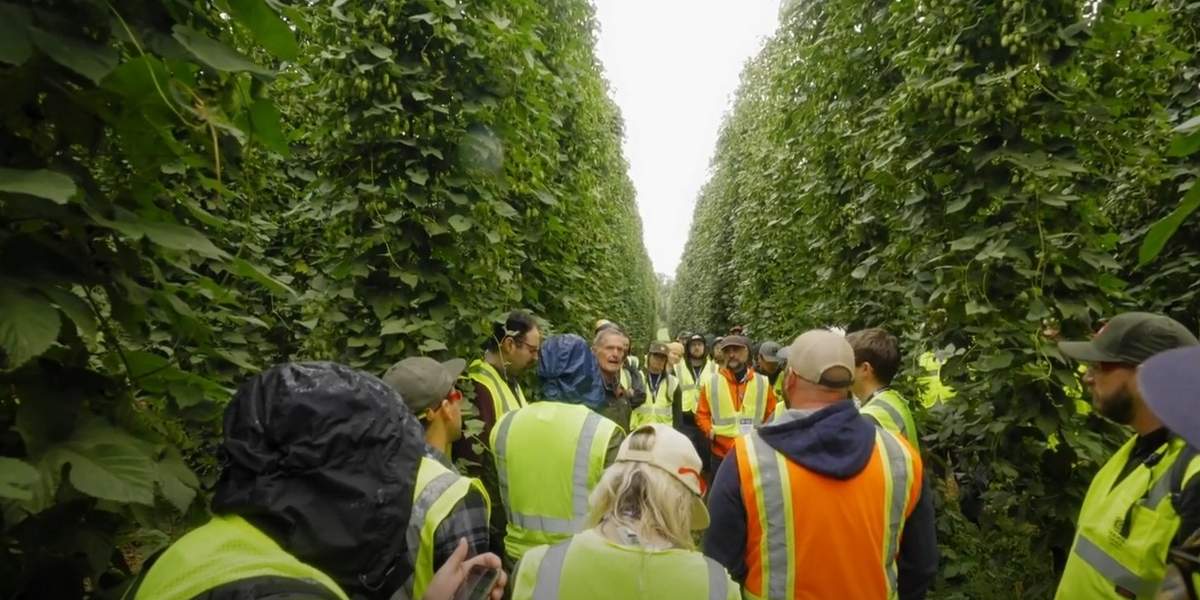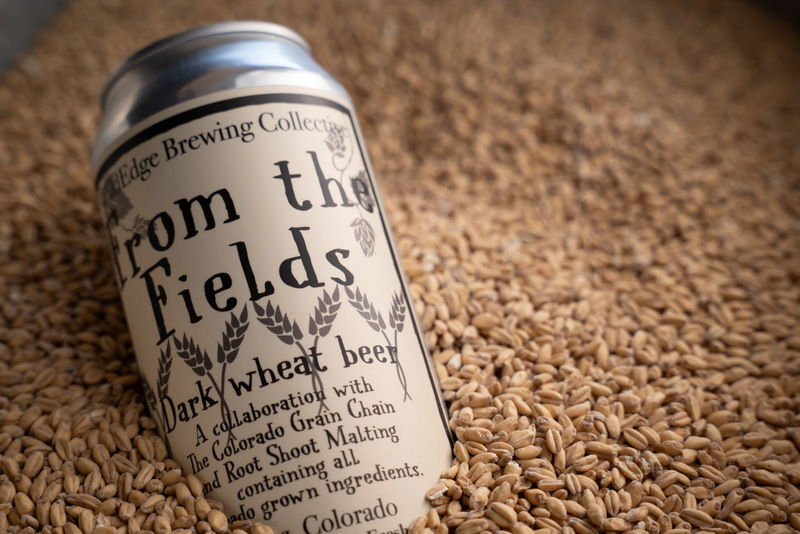
Spotted Lanternfly is an invasive planthopper that looks to be fairly concerning for the northeastern United States right now — especially southeastern Pennsylvania, which has been monitoring the insect since 2014. Its adult stage is quite stunning, especially in a freakish swarm attack on a hardwood tree. The Spotted Lanternfly’s big appetite is concerning for trees, yes, but also for crops like hops and apples and some 70-plus other plants that are at risk. It’s not a stretch to connect these insects to the craft beverage industry.
On top of the agriculture periphery of craft beer, let’s be honest: You don’t want this at your craft brewery.
The Animal and Plant Health Inspection Service (APHIS) provided an update earlier this month on spotted lanternfly that’s now in locations inside Pennsylvania, Virginia, New Jersey, Delaware and Maryland. Indigenous to China, India and Vietnam, these suckers feed on crops such as grapes, apples, hops, walnuts and other hardwood trees. The insects will suck the sap from stems and leaves, causing damage to plants, then excrete droppings of an icky sticky substance that folks call honeydew. That honeydew will coat the tree and anything underneath it (like your craft brewery, your parking lot full of cars or that was-once-nice outdoor patio). Not only gross, that honeydew attracts other, aggressive insects like wasps. The honeydew can even develop a mold and fungus that will foul fruit and any else it grows on.
The insect is often hard to spot because it has so many different cycles.
Extreme precautions are being taken. As an example, to stop the spread of spotted lanternfly, the Pennsylvania Department of Agriculture actually issues a quarantine for counties and requires any businesses and organizations moving within or from the quarantine zone in the course of their work to obtain permits issued by the department. That sounds Outbreak serious, and it’s easy to see how this might affect a zillion different industries, forests, parks and home owners alike. Let’s dwell on this fun fact for a second.
According to Wired: “The grape, tree-fruit, hardwood, and nursery industries collectively contribute nearly $18 billion to Pennsylvania’s economy.”
How do you get rid of them?
Here’s a solid press release overview on spotted lanternfly from Giroud Tree and Lawn, which serves Bucks, Montgomery and Philadelphia counties in Pennsylvania.
How to Get Rid of Spotted Lanternfly
The most effective way to trap Spotted Lanternfly Nymphs is by wrapping trees with sticky bands, which can be found at most hardware stores and online. They are easy to install, but should be changed weekly. However, sticky bands can accidentally trap other insects and small animals and birds. Penn State recommends cutting the sticky bands lengthwise so the surface area is not as broad, and then wrap the outside of the tree with chicken wire over the area of the sticky band. This will prevent squirrels, birds and other small animals from becoming stuck.
How to Get Rid of Spotted Lanternfly Adults
Adult Spotted Lanternfly should be squashed and killed. However, these insects will attack a tree in swarms, making it difficult to squish them all! Chemical treatments may be necessary for large infestations of Spotted Lanternfly on a property.
Read that entire press release right over here, and then take a look at the APHIS update to see which counties have potential problems. The first step is vigilance and awareness of the problem.





Leave a Reply
You must be logged in to post a comment.